(First of two parts)
In my column a decade ago, “Renewable energy – reality check” (https://www.fef.org.ph/fef/renewable-energy-reality-check/) I chided the private proponents of new renewable energy (RE) technologies (solar, wind, and biomass), the National Renewable Energy Board (NREB), and multilateral institutions for pushing an expensive Feed in Tariff (FIT) program on the Philippines on the grounds that we need to do this as our contribution to averting a climate change catastrophe. This notwithstanding our global carbon emission contribution being a rounding error (0.3 of 1%), and our RE mix then at 42% of total power generation capacity, is four times the global average.
I noted in my article then that this would have burdened us with 20-year supply contracts with power costs that were equivalent to P10 to P25 per kWh, twice to five times avoided cost. This is not even counting the cost of ancillary power standby to cover for RE intermittency (when there is no wind or when it is cloudy) and their needed transmission and distribution infrastructure.
Thanks to the advocacy on behalf of consumers and taxpayers by the Foundation for Economic Freedom, the PCCI, and the wise intervention of then-Senate Energy Committee Chair Serge Osmena, the final FIT rates were negotiated down substantially.
Fast forward 10 years to today, and we find that just counting the direct cost of FIT subsidy payments to RE providers now runs at P20 billion annually. For perspective, this is the equivalent to conditional cash transfer social assistance for 10 million poorest people in 2019, and is around the annual budgets of each of the following executive departments: Environment and Natural Resources, Finance, Foreign Affairs, Justice, and Science and Technology. And P20 billion is an annual number; for the long run cost, multiply this by 20 years, the contract period.
Since then the prices for solar, especially of solar panels, have dropped; is it now time to embrace them unqualifiedly? And should government mandate them through quotas like Renewable Portfolio Standards (RPS), excise taxes like the recent coal tax insertions in TRAIN 1 (see my column https://www.bworldonline.com/gravy-train-leaving-common-sense-isnt/), or restrictions on building new fossil plants?
Consider: if indeed the drop in RE prices and technology improvements now make them commercially competitive with fossil fuels as contended by their champions, there should be no need for more subsidies, direct or hidden: No FIT, no quotas and no taxes and bans on coal. (Riding on this lobby are the advocates of natural gas, passing it off as green and renewable, even while gas has half the carbon footprint of coal, and is not renewable.)
Precisely because such non-technology neutral government interventions are an override on market competition, they have the effect of raising the cost of power, particularly immiserating for a country like the Philippines that has yet to develop a manufacturing base to absorb the millions of jobless. Manufacturing requires base load plants which today, setting aside controversial nuclear plants, can only be driven by fossil fuels.
How high is that cost burden now? To illustrate further, compare the current FIT rates for solar and wind of P8 to P10 per kWh for 20 years versus the competitively bidded cost of P4.15/P4.26 per kwh in the recent CSP bidding of Meralco. (“SMC units submit lowest bids for 1,800 MW Meralco supply deal,” Feb. 20).
And what have we got to show for this heavy cost? Very little. This conclusion is validated by a study of Dr. Josef Yap, “Evaluating the Feed-in Tariff Policy in the Philippines” (https://papers.ssrn.com/sol3/papers.cfm?abstract_id=3520401) that even with energy subsidized through the FIT, end users still face a net higher cost, despite this so-called merit order effect of RE. (Any power supply contract with lower marginal cost than peaking plants will have identical effect, and is not unique to RE).
Moreover, solar and wind generation together only account for 2.4% of total generation. The bulk of our RE still comes from traditional renewables, hydro and geothermal (20%) that do not enjoy, nor lobby for, such subsidies or quota mandates.
This heavy public cost of supporting such expensive RE is mirrored at the global level in states and countries that embraced such policies versus those who didn’t.
Electricity prices in RE-supportive California rose five times more than the rest of the US. German electricity prices rose 51% from 2006-2018, and now stands at twice the level of France which is mostly nuclear powered. In Fact, Germany now depends on France to stabilize their RE-heavy and thus unstable grid.
Don’t get me wrong about RE. It has a role in energy provision for the Philippines – it already does! But poorly designed public policies to promote RE can have damaging effects on how our energy markets work, and that has led to higher prices for Filipinos, poor use of public funds, and misinformation about the necessary role thermal energy has in powering this country’s economy. If the government wants to play a role, just be sure to do so only where it is needed, and follow the Hippocratic oath of our caring doctors and nurses when designing public policy: “Do no harm”
Climate Change Adaptation Vs Mitigation
On the point about “only where it is needed” let’s consider adaptation versus mitigation, and what makes sense for the Philippines. In Paris in 2015, the Aquino administration committed our country to reduce our greenhouse gas emissions by 70% by 2030, an ambitious, costly and unrealistic target. The Climate Change Commission said the country needs to spend $12 billion to $15 billion, or P584 billion to P730 billion, to reduce up to 70% of its emissions. A staggeringly large number equivalent to 3.25% to 4% of our GDP.
This likely does not even fully reflect the higher cost of power and the cost of managing intermittency discussed earlier. And as I argued, THIS yields very little for the country and our people. (Maybe except green bragging rights? But that is like asking a poor man to wear an Armani suit which he cannot afford and which is inappropriate for his tropical climate just so he can look fashionable in the eyes of the world.)
I have been following the FaceBook page of Finance Secretary Sonny Dominguez, newly designated chairman of the Climate Change Commission. An astute fiscal manager of our country’s scarce resources who deeply cares for our people, he quickly pivoted away from the climate change mitigation chorus and into grounded actionable climate change adaptation programs.
And I quote:
“Why does the Philippines focus more on climate adaptation rather than mitigation?
“Despite the Philippines being one of the lowest contributors to global GreenHouse Gas Emissions (GHGs) at around 0.3%, we are still one of the most vulnerable countries to the effects of climate change.
“This is why our climate action efforts focus more on climate adaptation rather than mitigation. We need to adapt and be prepared for the harmful effects of natural disasters (e.g., typhoons, drought, rising ocean temperatures, etc.) brought about by climate change.” ( Source: Department of Finance FaceBook page .)
Amen!
The Climate Change Commission may have reaffirmed, even strengthened, its 2015 commitments, perhaps before Secretary Dominguez assumed its chairmanship. My appeal: please review and align with your most recent sound pronouncements, Secretary Sonny?
(Part 2 of this column will discuss the energy trilemma, the need to balance energy security, energy equity/affordability, and energy sustainability using the World Economic Forum framework, regulatory philosophy and practice under EPIRA, and a suggested RE transition roadmap for the Philippines).
Romeo L. Bernardo was finance undersecretary during the Cory Aquino and Fidel Ramos Administrations. He is currently GlobalSource Partners Philippine Adviser (globalsourcepartners.com). He is also an independent director in the largest renewable energy company in the Philippines.
This article was originally published by Business World / Romeo L. Bernardo.
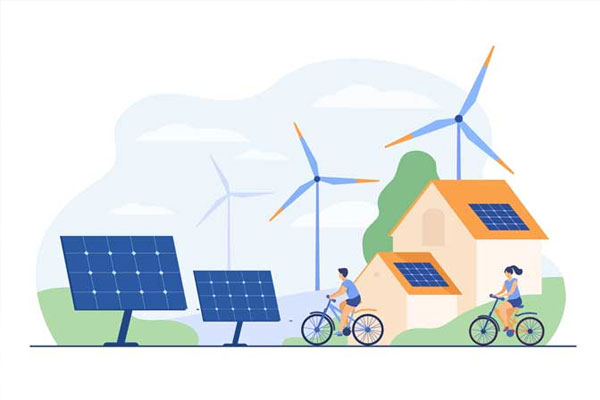

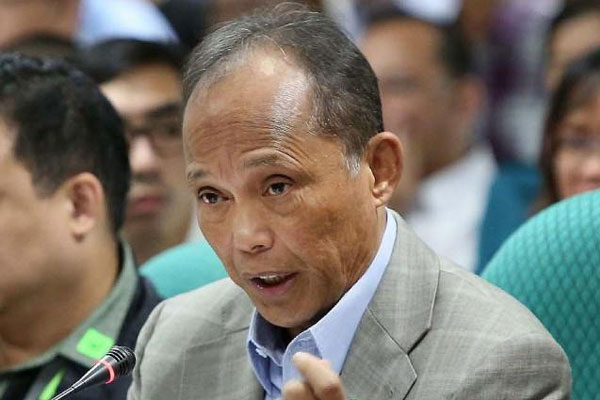
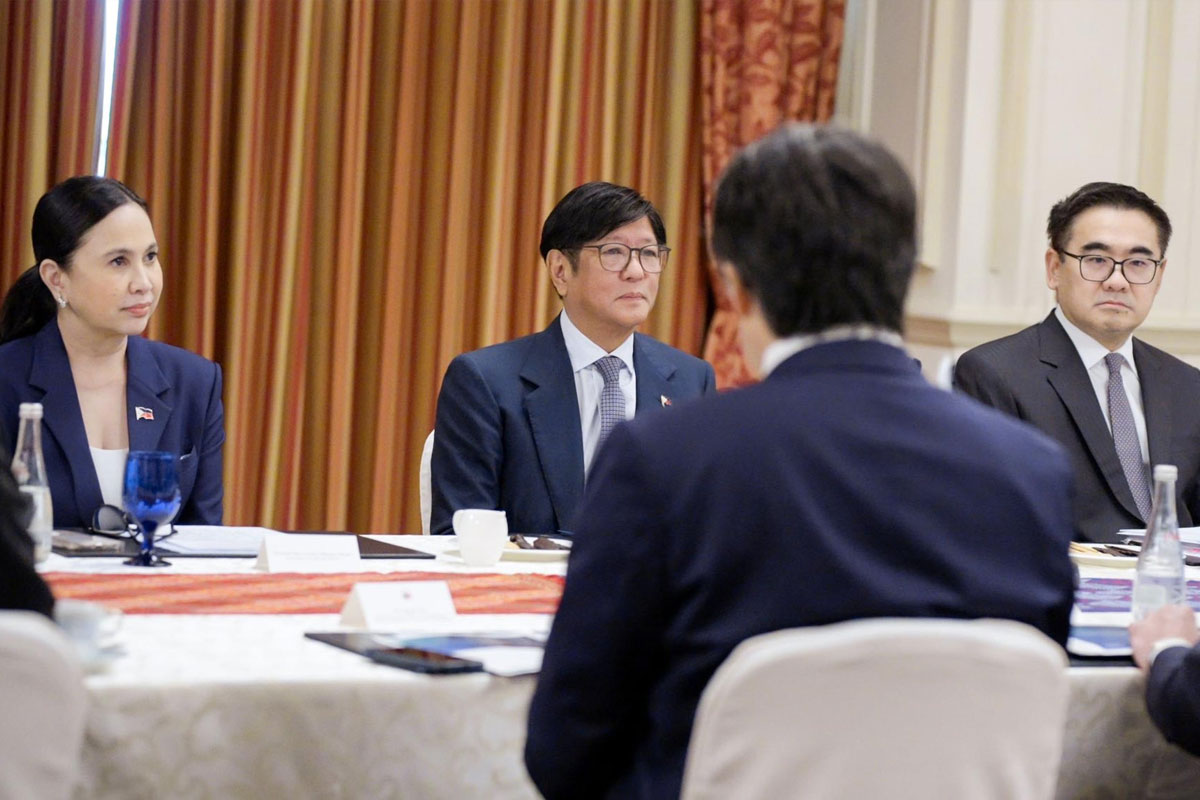
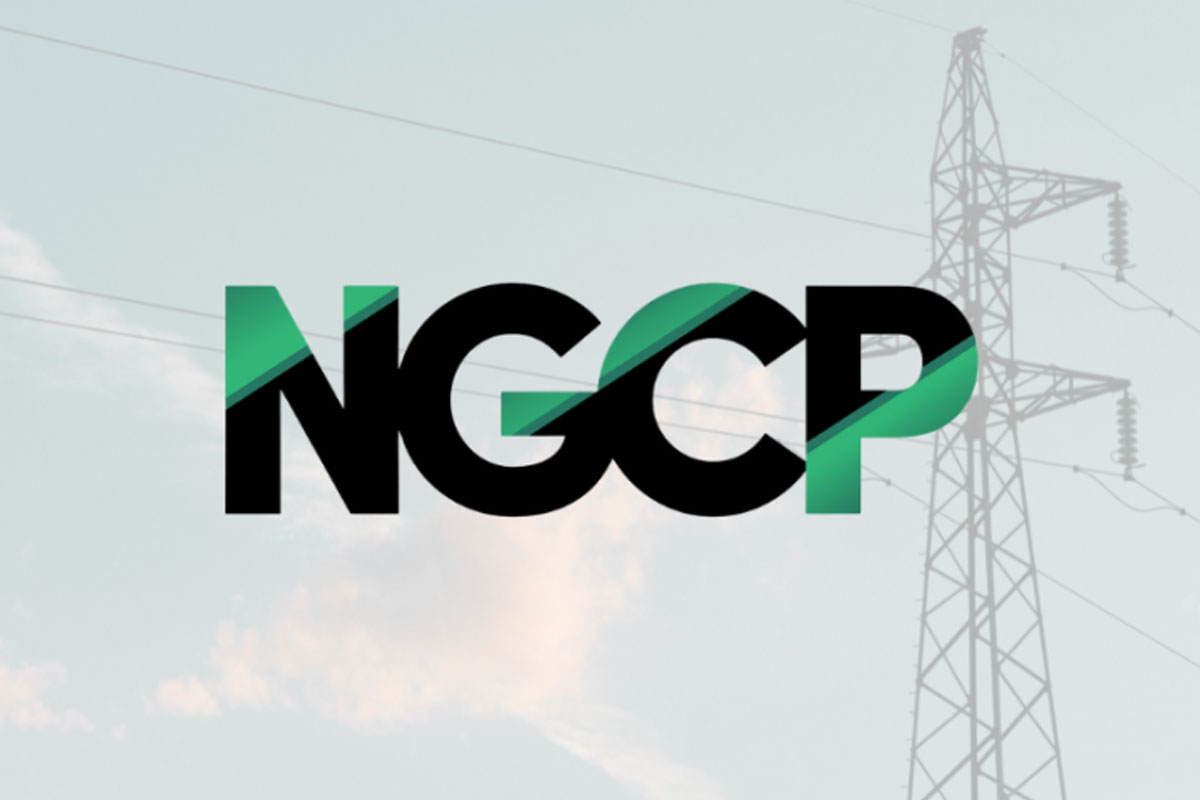
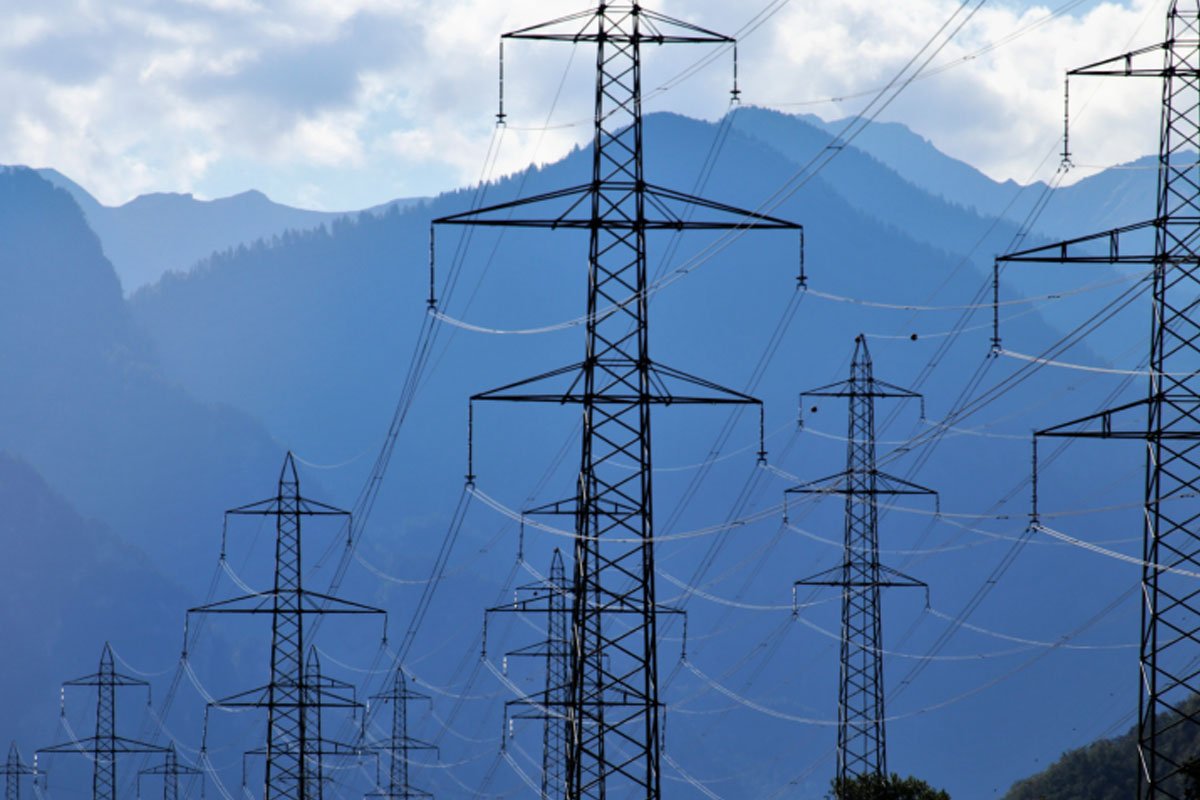
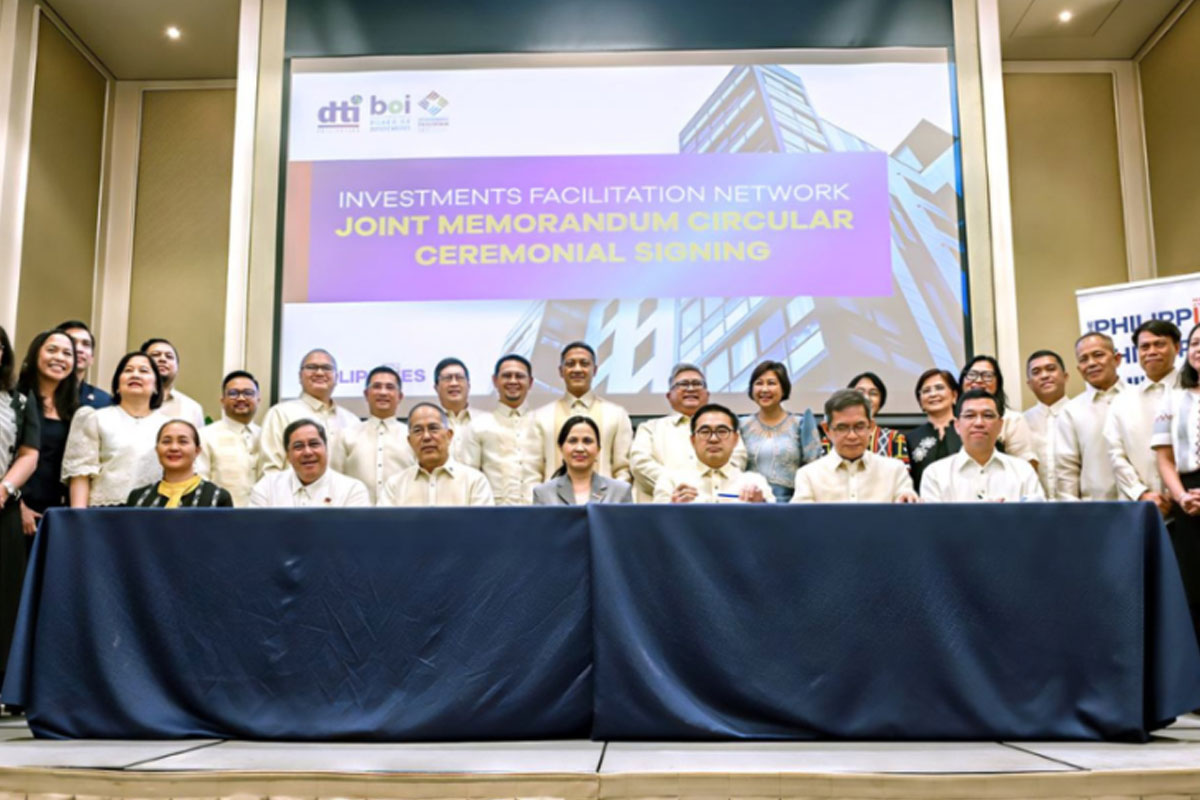
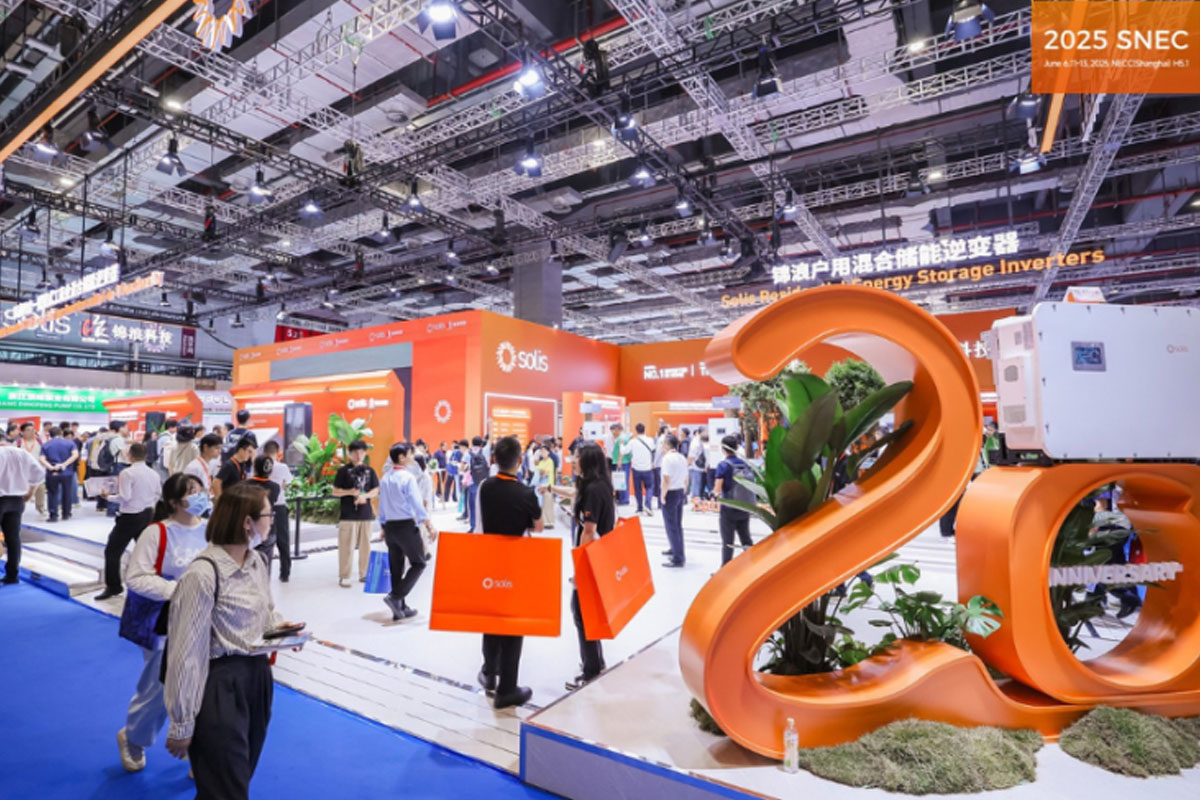
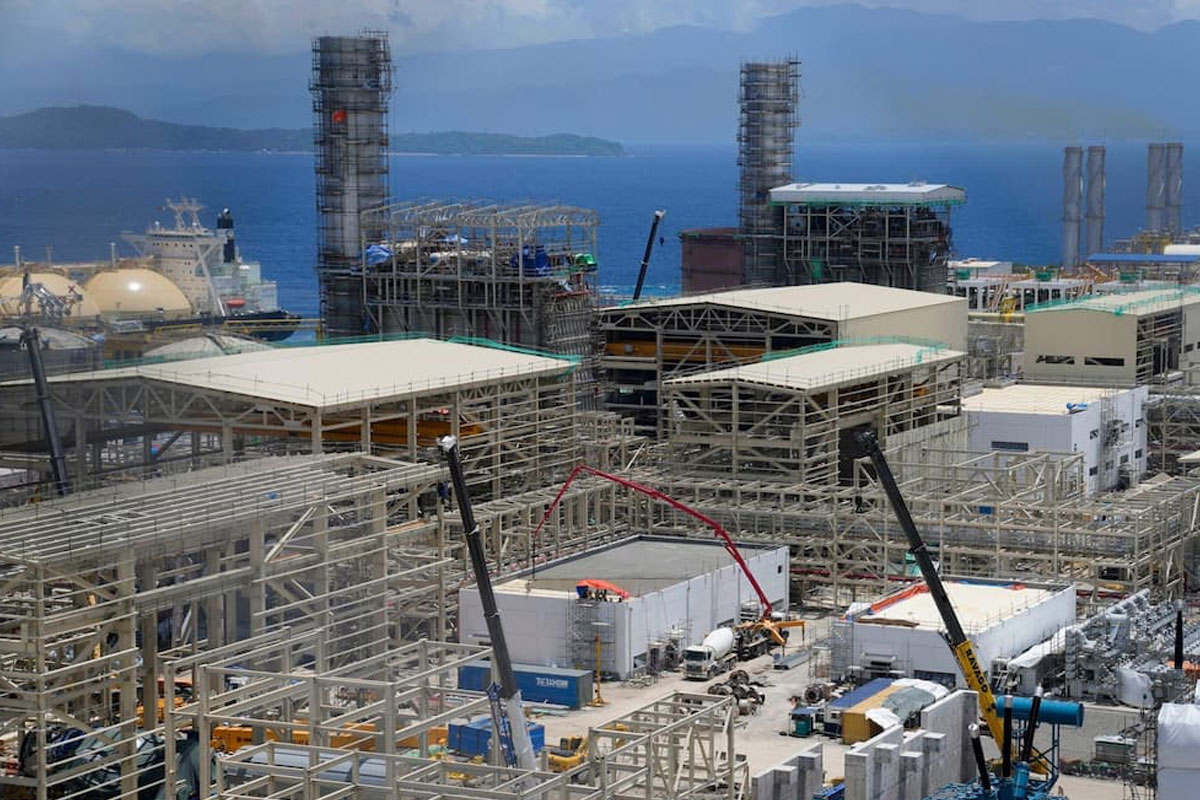
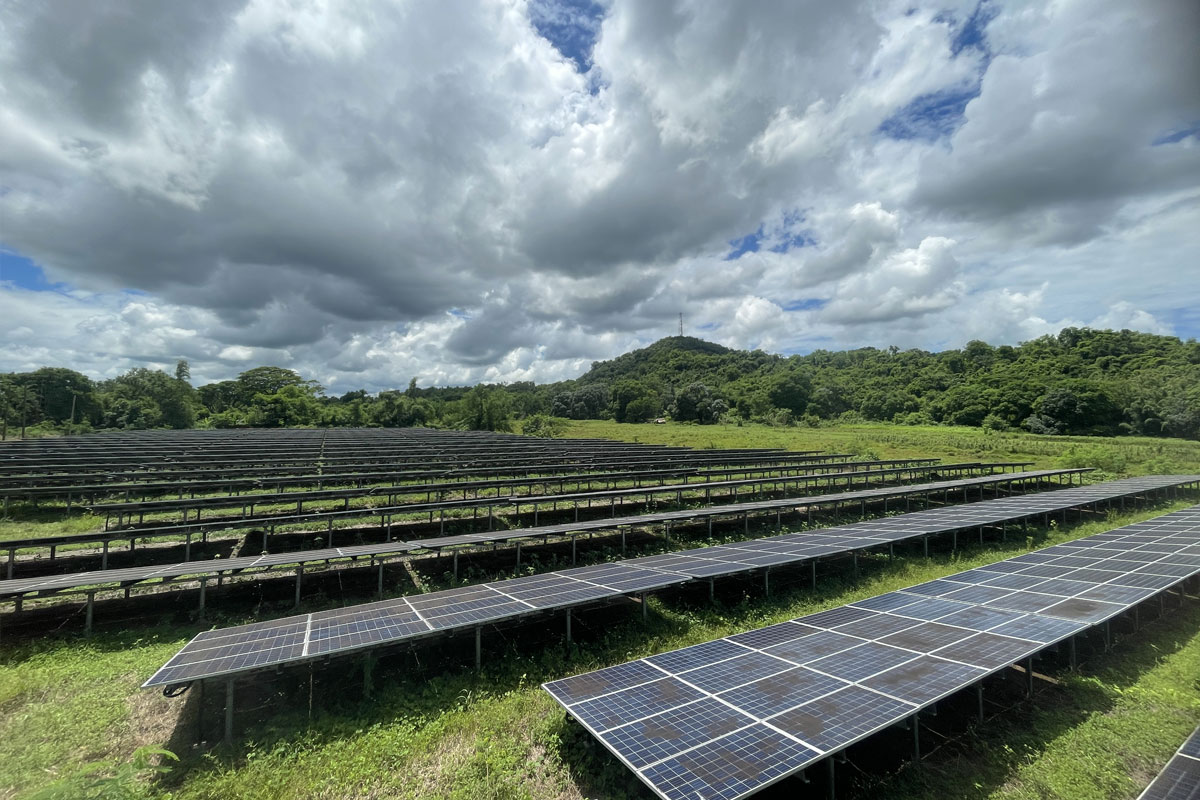

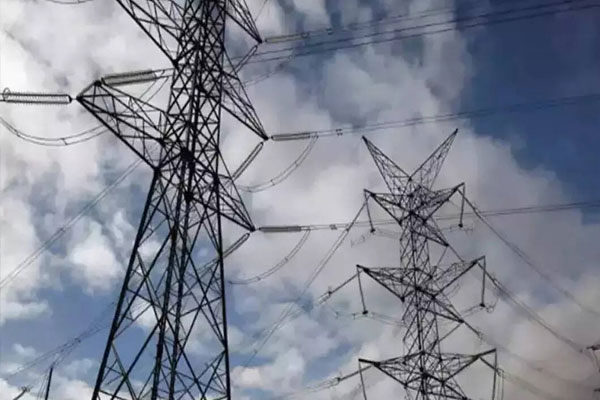
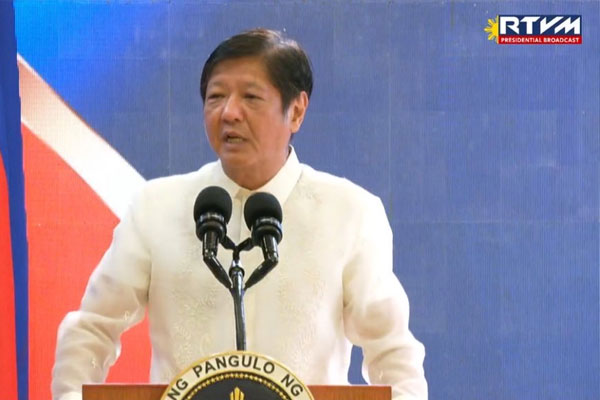

Leave a Comments